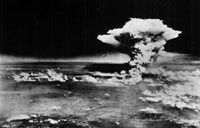 | 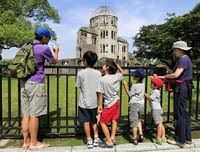 |
If the radiance of a thousand suns were to burst into the sky, that would be like the splendor of the Mighty One and I am become Death, the shatterer of worlds
Today, the world is marking the anniversary of the Atom-Bomb's being dropped on Hiroshima, in the second man-made nuclear explosion in history on August 6, 1945. The first one was on the Trinity Site near Alamogordo, New Mexico, where the sheer destructiveness of the thing caused Robert Oppenheimer to quote the variation on a verse from the Bhagavad-Gita at the top of the page.
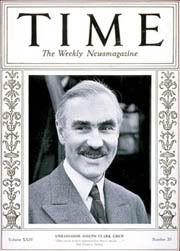
How did it all start? On December 6, 1941, US President Franklin D Roosevelt sent a "triple priority" telegram to Emperor Hirihito of Japan, delivered by ambassador Joseph C Grew, in which Roosevelt reminded the god-king of the mutual benefits of the hundred-year friendship that had existed between the two countries, and asked him to reassure the American people that war was not inevitable by withdrawing his forces from Indo-China (south-east Asia). On the next day, of course, Japanese forces bombed the US fleet in the Hawaiian port of Pearl Harbor, which marked the start of America's formal entry into World War II without, as Grew writes in his 1944 memoirs, Ten Years in Japan, "the usual preliminary declaration of hostilities". In a CBS radio address delivered on August 30, 1942, Grew referred to the "Spartan" qualities that the Japanese Army had "nourished and encouraged" in its warriors, opposed to their perception of "the white man's flabbiness".
By the time the bomb was dropped, American forces were involved in a grim island-by-island struggle. The Telegraph's Kate Day states that 70,000 Japanese are reckoned to have died on that fateful day when the Enola Gay flew over Hiroshima, and another 70,000 died within 5 years. Compare this with 110,000 Japanese killed in the battle for the island of Okinawa alone.
I'm not trying to make out the dropping of Little Boy to have been a philanthropic act - the Second World War was what it said on the tin, and, of course, when the Japanese powers-that-be realised that the attrition was not going to stop after the Nagasaki bombing, many American lives were saved. (And not only American: Professor Calculus once told me that when he heard the news about Hiroshima his reaction was "thank God" - his brother was fighting in Burma).
When Max Planck founded quantum physics with the publication of his paper on black-body radiation in 1901, the die was cast: as soon as 1905, Einstein had published his Special Theory of Relativity, co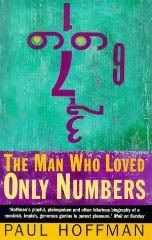 ntaining the equation that would power atomic research: E=mc2.
ntaining the equation that would power atomic research: E=mc2.
Like Einstein, many of the foremost mathematicians and theoretical physicists lived in Europe and were Jewish. After the rise of Hitler, many would flee to America, thus making the A-bomb project possible. In his 1999 biography of the mathematician Paul Erdős, The Man who Loved Only Numbers, biographer Paul Hoffmann describes Erdős' surprise in finding, at a meeting of mathematicians in Los Alamos, that everybody in the room was not only European but, like him, Hungarian.
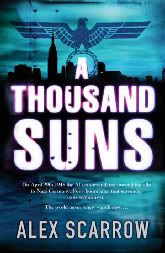
A Thousand Suns by Alex Scarrow is an account of a German-built A-bomb that is made possible because a captured Jewish scientist, working under threat of his family being executed, finds the hole in Werner Heisenberg's theory that will allow a bomb to be built with pounds of uranium instead of tons of the stuff. (Heisenberg was interrogated at Farm Hall in the Cambridgeshire village of Godmanchester.) We read the crises of conscience of the scientist, who places a note inside the bomb's arming compartment telling of his fears that an atomic explosion might start a chain reaction that would destroy the world - something that worried Oppenheimer; the leader of the crew that will fly a captured B-17 Flying Fortress, modified to carry more fuel, to New York; and, towards the book's gripping dénouement, the crew-member who goes to arm the bomb and finds the note. Along the way we visit President Harry S Truman's war-room and the chaos of Hitler's crumbling bunker.
Threaded through, we read the story of a photographer and his minder who, diving off the New York State shore, find the wreck of the craft, and trigger a chain of events which will lead a CIA operative, who has spent his life guarding the hidden history of America's short-lived surrender to Ger many, to a decision which will, in the light of his own troubled conscience, either redeem him or damn him.
many, to a decision which will, in the light of his own troubled conscience, either redeem him or damn him.
There are many well-drawn characters in the book, which is named after Oppenheimer's comment. But there's no doubt in my mind that the hero of the piece is the Medusa, the fictional B-17 bomber that, ironically, was the name of one of the ships which survived the Japanese attack on Pearl Harbor. Scarrow has obviously done his research. At one point he has a navigator take a reading on a sextant, whose use in WWII bombers is not widely known, which makes me wonder if one of his resources was Colin Heaton's authoritative history of the night war over Europe,
So how have we fared since 6 August, 1945? Well, after Nagasaki no nuclear device has been set off in anger, a situation which is increasingly likely to change as more and more unstable countries seek the bomb, and nuclear powers China and India increasingly look to Africa for Lebensraum.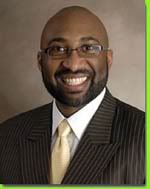
In other areas, we're not doing too well: one example of this is published in John Smeaton's blog for today, quoting the Reverend Arnold M Culbreath's statistic that "every month in the U.S., approximately 35,000 black babies die by abortion" - a 6 August 1945 every two months, showing that predominantly white population controllers are something more sinister than flabby.  And in Japan, when abortion became legal in 1949 there were 246,000: the fateful day over three times over - things are so bad that older women are buying "healing dolls" to replace children who weren't born.
And in Japan, when abortion became legal in 1949 there were 246,000: the fateful day over three times over - things are so bad that older women are buying "healing dolls" to replace children who weren't born.
Mori Masaki's anime film Barefoot Gen, based on Keiji Nakazawa's manga series of the same name, depicts the horror of Hiroshima as seen through the eyes of an innocent victim, a child. Spare a thought for the innocent victims of other, undepicted, catastrophes.
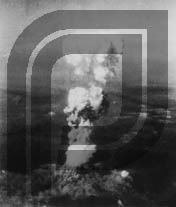





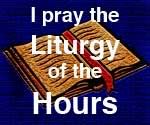
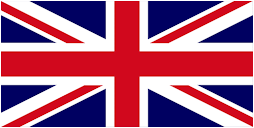
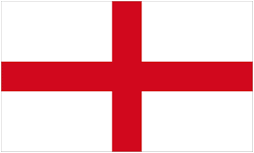
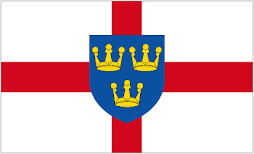


No comments:
Post a Comment
Please feel free to leave a comment - Frugal Dougal.